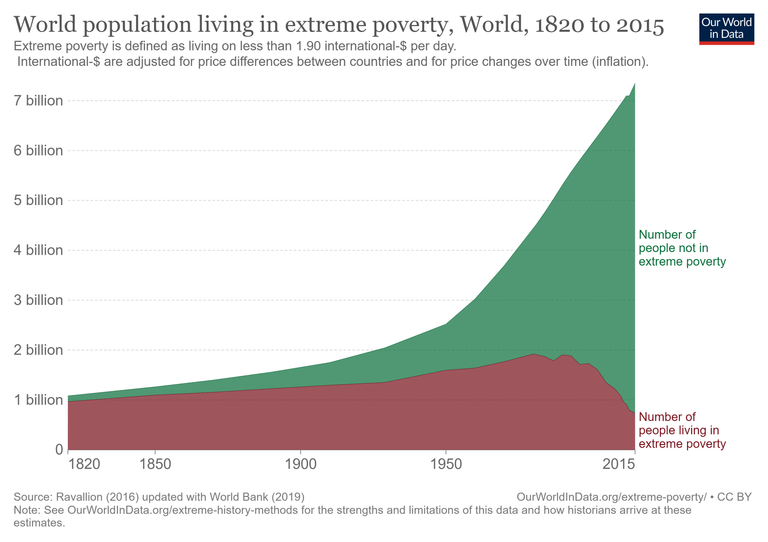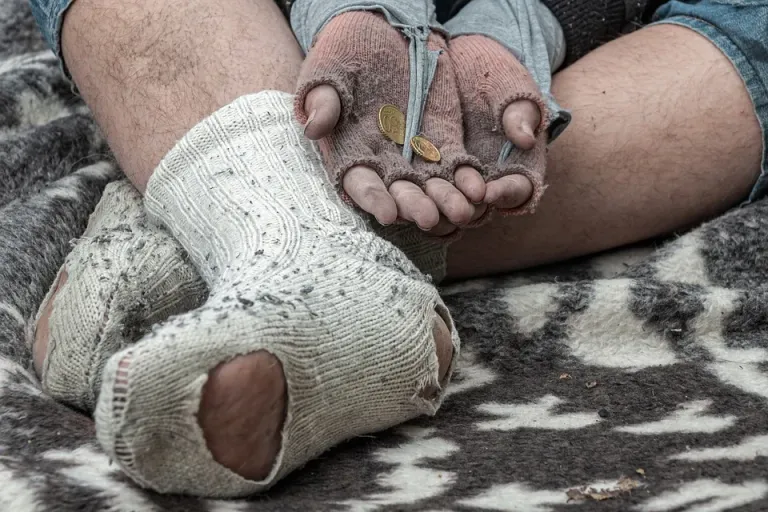 Designed using Desyner app
Designed using Desyner app
This is all about the United Nations development goals. It's called the SDG global goal of the 2030 agenda for growth and development. It was adopted on September 25th, 2015. It's a universal adoption, which implies that every single country (I mean, 193 United Nations countries) agreed. That's a huge number, isn't it? For 193 UN members to agree, it means the SDG agenda is a ground-working system
There have been some processes in the past that laid solid foundations before the SDG came up to buttress what has been in place. One was in 1992, and the other was the Millennium Development Goal that was spearheaded by Kofi Annan (the former United Nations Secretary-General). The eight goals that were implemented were targeted at developing countries and mainly focused on human development
All these can be classified into two
These two processes were agreed to be brought together by the world leaders in 2012 to create a comprehensive framework that would be relevant to all countries, irrespective of their developmental level, and for it to be adopted as a global community
All these revolve around people, planet, peace, partnership, and prosperity, called the 5 Ps, all coined from the three pillars of sustainable development (social, environmental, and economic). The SDG agenda consists of 17 goals, 169 targets, and over 230 indicators that would be used to measure progress and achievement levels. It's indeed a comprehensive piece
You can Download this PDF for the 17 agendas, and get more info about the whole story of you wish
Along with all these agendas are some fundamental principles, namely
Integration: This means the interconnection of the countries is between the various domains of different societies, and for this reason, every policy made must affect everyone, and no one should be left out
Universal: The formal Millennium Development Goal that came before the SDG only focused on developing countries, but the current one says what applies to the richest country also applies to the poorest countries. No matter the situation of any country, what applies to country A applies to every other country because it's believed that no country on the planet has achieved a sustainable society, and everyone needs to come together to work things out
Inclusive: The SDG 2030 agenda was adopted by countries, but it was gathered using a 5 million-person survey, so this has included various bodies like NGO's, private sectors, the government, international organizations, and so on
Leaving no one behind: During the Millennium Development Goals, there was huge progress in some countries while others fell behind. Almost all the success registered in the millennium period was attributed to the economic development of China, and the most vulnerable countries fell further behind. So for this reason, the SDG starts with those countries that fell behind, so that those who are the most vulnerable would be attended first
So, let's look at the 17 goals. I would talk about the first agenda, some of the targets, and a few indicators
No poverty
 Designed using Desyner app
Designed using Desyner app
The first thing that every individual would never pray for is poverty, but because the world is not balanced and fingers are not equal, some people/countries still live in abject poverty. I'm sure when we mention poverty, the first thing that comes to mind is money (income). Of course, anyone without a good income is poor. However, poverty is a multidimensional problem
poor health
poor standard of living
Poor education
Poor quality of work
Living in environmentally hazardous areas
Unemployment
Social exclusion
Vulnerability to disasters, diseases, and other things that can prevent productivity
All these are multidimensional problems that lead to poverty, so having all these as a framework can help develop solutions and policies that tackle all the issues instead of focusing only on income as a measure of poverty
Now, before we dive further, I want to stress that poverty can be measured in two ways, namely, absolute and percentage terms. The absolute means the total number of people living in poverty, while the percentage term is the proportion of people living in poverty. There are situations where the percentage of people living in poverty drops and the absolute number keeps growing as a result of population growth
Analyzing How the SDGs Plan to Alleviate Poverty.
The SDG's target 1.1, states thus:
By 2030, eradicate extreme poverty for all people everywhere, currently measured as people living below $1.25 per day.
But because of inflation, the World Bank adopted a new international poverty line, so the $1.25 remains invalid, but now it is $1.90. This means anyone living below $1.90 per day is classified as living in poverty. See the chart below
.png)
Source
So globally, 1 in every 10 people (10% of the global population) lives in abject poverty, which means we are talking about over 700 million people in a population of 7 billion plus. And most of these people live in Saharan Africa
The SDG target 1.3 says:
Implement nationality appropriate social protection system and measures for all, including floors, and by 2030 achieve substantial coverage of the poor and the vulnerable
In this context, social protection talks about constantly supporting people with income, especially the unemployed, the elderly, those on sick beds, disabled people, and so on. Social protection also includes programs that provide some basic amenities like health care and also help to improve productivity by linking people to jobs, investing in children's well-being, and providing education, to mention but a few
There are policies put in place to further expand the social protection mentioned in the SDG's target 1.3. We have the labor market intervention, which tries to promote an efficient labor market and the protection of workers. We also have social insurance and social assistance. These are all part of what Agenda 1 of the SDG touches
There are still many targets listed, but all still revolve around eradicating poverty, which is very cool. We can't wait to see this come to pass by 2030. Though COVID-19 injected a lot of setbacks to the agenda, as poverty stroked many during the period, there are still ways the SDG's have worked to curb the menace
My view on the first agenda
There are some things listed in tiers two and three of the poverty alleviation targets that lack substance. There should be a process looking into the indicators that have no adequate information system to build some capacities, and I think a methodology should be in place to group the indicators with data and the ones with little or none in other to gradually fill the gaps, as the things listed in the agenda are practically worked on globally
Time would not permit me to start explaining the 17 agenda items one after the other because they are all comprehensive, so let's stick to one for now. But I have some concerns and questions concerning the SDG agenda. 15 years was the plan put in place to achieve all these goals, and we are in the 9th year already, with 6 years to go. When I pondered this and looked at the situation in my country (Nigeria), I said to myself
Would Nigeria be free from poverty even if the whole remaining year is dedicated to alleviating poverty in our country?" Other countries are also wallowing in poverty. The world population keeps increasing, and terrorism seems to be taking over several regions of African countries. Most citizens of each country are not helping with the matter, and even the government is making life difficult for the citizens. When I discovered Nigeria was part of the 193 countries that adopted the SDG agenda, I was confused because we've not seen any reflection of it
SDG is a good program set to help the vulnerable, poor, and the entire universe, but with bad governance, it would be very difficult to get to the promised land as stipulated. 2030 is fast approaching. I don't think the preparedness of the program is ultimately planned. The United Nations and all other parastatals involved should go back and do more assignments for the success of global growth and development because if the people ruling every country concerned are not doing well, the work of the SDG's would not reflect
This is just my opinion. Let's just think about the situation in our countries and reflect on whether the remaining few years will be enough to fix every problem. I love the Global Growth Development Program, and I will always respect their good intentions.
 image source
image source
Who prays to live like this?
Apart from what the SDGs are doing, what are we also doing to help the poorest people around us? I believe we are closer to the poor, than the SDGs
It's not only about poverty; there are still many things the SDGs are doing to make life easy for all of us. We can also support them right from home. We can reach out to vulnerable people and give them a hand
Each one, help one. I wish all of us well.
Thanks for reading.
This is ckole the laughing gas. One love
Links/references
https://www.die-gdi.de/uploads/media/BP_5.2018.pdf
https://sdg-tracker.org/no-poverty#targets
https://unstats.un.org/sdgs/metadata/
https://www.who.int/health-topics/sustainable-development-goals#tab=tab
https://en.wikipedia.org/wiki/Social_protection
https://en.wikipedia.org/wiki/Sustainable_Development_Goals
https://ourworldindata.org/grapher/world-population-in-extreme-poverty-absolute
https://sdgs.un.org/goals
Posted Using InLeo Alpha


.png)
 image source
image source